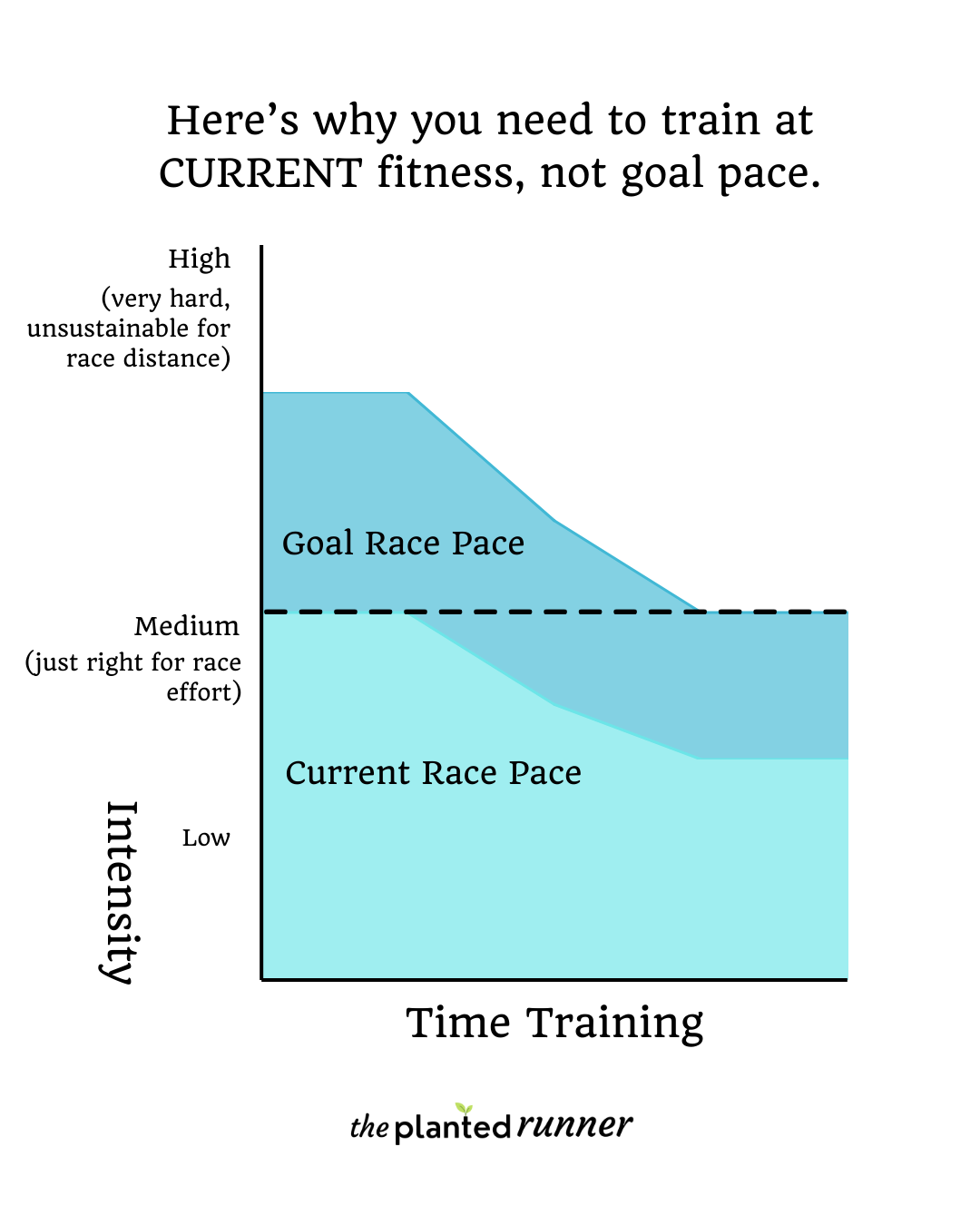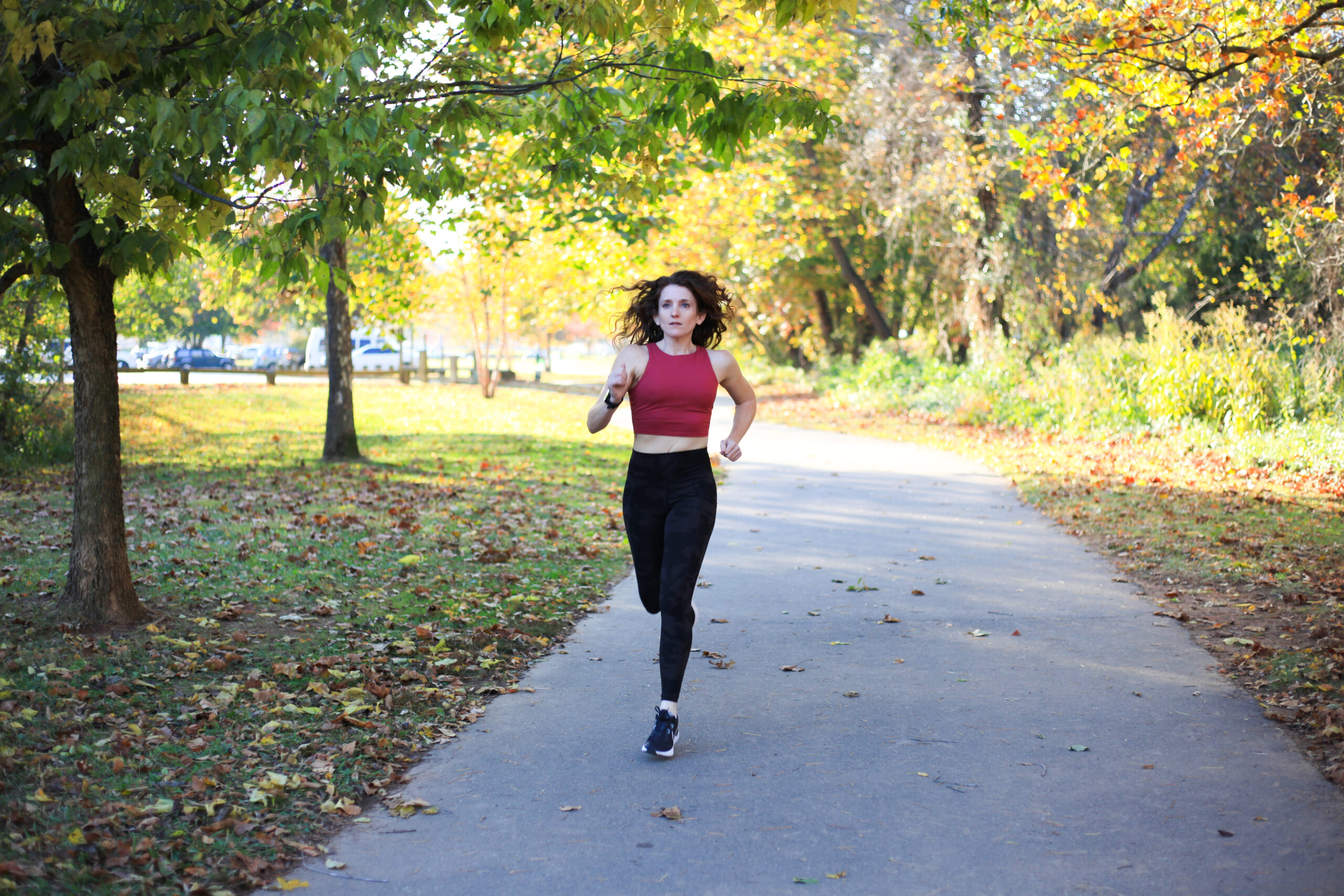Most of us have been taught practice is perfect.
If you want to learn to play the flute, you practice your scales and your finger placement over and over again until you can do it without thinking.
If you're a singer, you practice your songs over and over again until they are perfect for the performance.
And when you have a presentation to give, you go over your notes and your Power Point until you are confident you've got the material nailed.
So it's not a surprise that most runners want to apply this same principle to running. If we want to run 9:00/mi for our marathon, for example, we should run as many 9:00 miles as we can to be sure we can do it.
Unfortunately, the "dress rehearsal" theory doesn't work very well in endurance training.

The Most Common Mistake of the Sophomore Marathoner
Let's say you just ran a marathon and your average pace was 9:15/mi (5:45/km). Assuming that race went well and it's a good representation of your fitness, your current marathon pace is 9:15/mi.
For your next marathon, you naturally want to improve. You set a goal for 9:00/mi (5:36/km).
The mistake many runners make at this point is to start running 9:00 miles as their new marathon pace, when that's actually not related to their current fitness. At the beginning of a training cycle, goal marathon pace is just that, a goal.
You have to build from where you are at right now to get to where you want to go. Overreaching and running at too high of an intensity doesn't lead to quicker gains in speed. It leads to injury, burnout, and at best, running plateaus.
You can't just practice your way to your goals.
How does running too fast lead to a plateau?
Aerobic development happens when you run at a pace where your muscles can use all the oxygen that the lungs supply. That means you are breathing almost as easily as you can while walking.
Naturally, that needs to be a slow, relaxed pace.
In endurance running, the aerobic system is the lead singer of the show and the other energy systems are members of the band.
Once you start huffing and puffing as you run, your anaerobic system starts to kick in and that has a much shorter half-life. In other words, you can't do it very long. Your aerobic system, the main energy system of endurance running suddenly becomes a back up singer.
Prioritize Aerobic Development with Speed Support
Of course, the best singers in the world make sure they have a good band to back them up. While aerobic running should be the main focus, you need to give some solos to your speed, strength, power, and mobility.
As you work on becoming stronger and faster with a well-planned training cycle, your current fitness will get better and better. When workouts become too easy, you can increase the paces a bit to make sure that you are running at the effort required by the workout, not because you simply want to be faster.
If done right, by the time your next marathon comes, you will have increased your current fitness enough to match your new goal pace.
In other words, you need to practice at being better at where you are now to get where you want to be.

